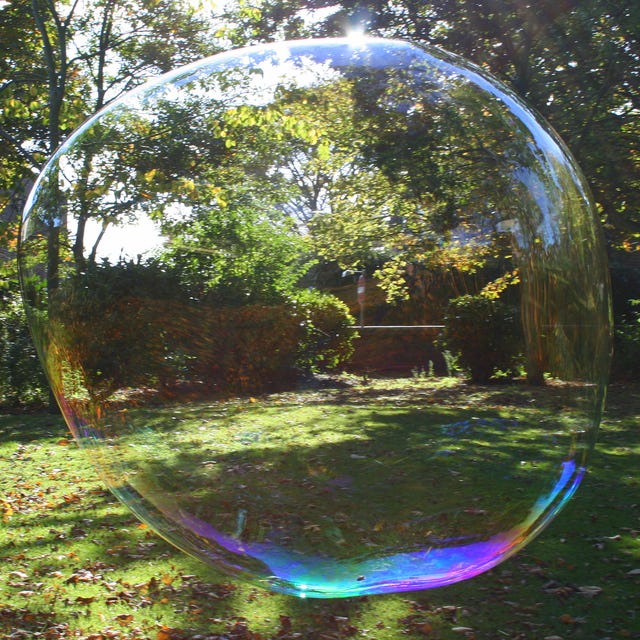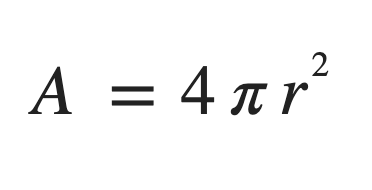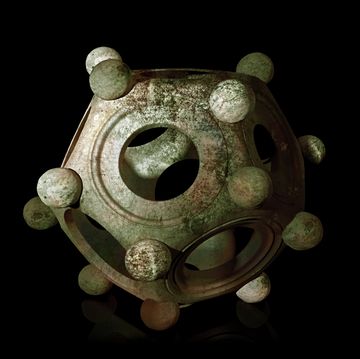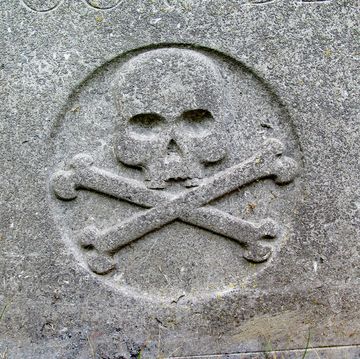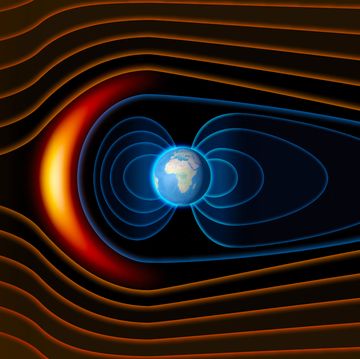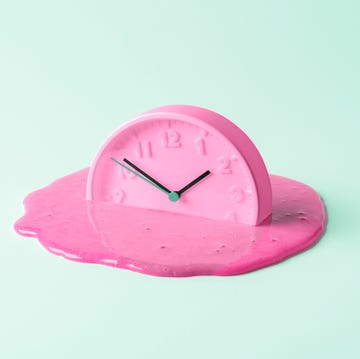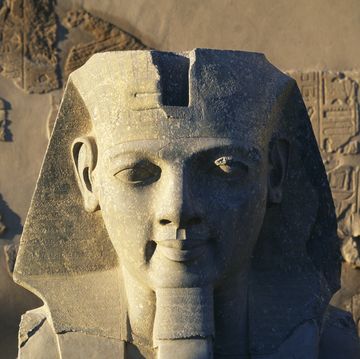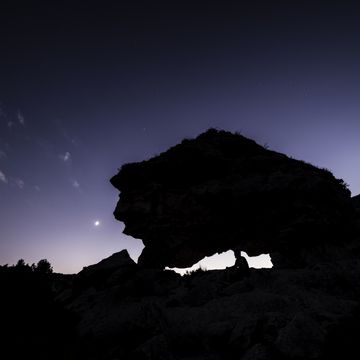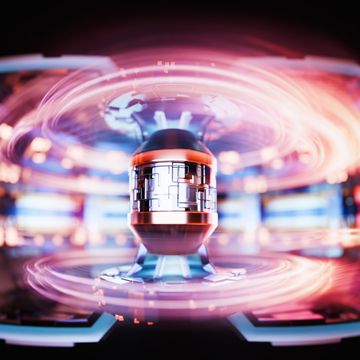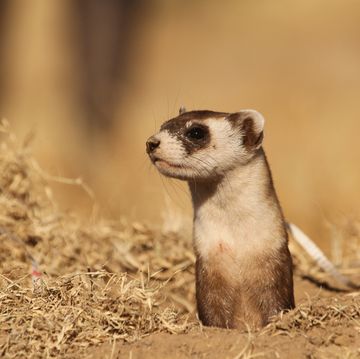- When you're making huge bubbles, the secret is in the polymer and detergent mix.
- The extremely micro-thin film that encloses bubbles affects how big they get and how they affect their surroundings.
- The thickest bubble film is when it's still on the bubble wand.
Scientists from Emory University have published new research on the secret to making very, very big bubbles. They’ve been able to create bubbles nearly 6 meters across using an optimized mix of polymer strands of different lengths.
Surface tension is what pushes a bubble to become a sphere, and even for a gas bubble within a liquid, that bubble still has an invisible enclosing membrane or film. Soap bubbles in the air seem delicate beyond belief, but they’re still made of a film that has dimension and substance of its own, even if that substance is almost undetectable to our clumsy human touch.
For a new paper in Physical Review Fluids, lead author Justin Burton and colleagues at Emory dove into the big online community of “bubblers” who compare recipes for the best and biggest soap bubbles. The research team found the best recipes had different kinds of polymers, whether in the form of something accessible like guar gum powder or even an industrial lubricant.
These polymers extend the distance the micro-thin skin of a balloon can stretch without breaking, the way gluten in bread dough helps it pass the “windowpane test.” But how thin does a bubble’s skin get as it grows larger? In real life, scientists use infrared absorption and other spectroscopic techniques to measure this near-zero thickness. But we can model it loosely using just arithmetic.
Let’s assume that someone is dipping a circular bubble wand with a diameter of 1 meter. I’ll also assume that when the bubble wand is dipped, it comes out with an overall film thickness of 10 microns. The area of a circle is πr², so the volume of bubble liquid on our starter wand is 0.5² times π, then times .00001 (10 microns, stated in meters). The volume is 0.00000785 cubic meters.
If we start by making a 1-meter bubble with our 1-meter wand, the volume is covering a surface area of just 3.14 square meters, using this formula:
By the time a bubble reaches a hypothetical 6 meters across, its surface area is over 100 square meters. That’s a 30 times larger area with the same beginning volume of bubble fluid. It’s in this critically thin “edge case” of bubble size that polymers come into play, because the strands add structure and strength to the bubble film.
So why don’t bubble geniuses just make extremely big bubble wands? That idea goes from galaxy brain to bubble brain pretty fast, because on a huge bubble wand, the distribution of fluid volume isn’t uniform, and it’s even less uniform than on a smaller wand. Bubble liquid has mass that wants to sink with gravity and break even the film in the bubble wand.
By the time you pull a giant bubble wand free of a reservoir of bubble liquid, its thickness is already starting to thin to the point of extreme delicacy. The smaller the wand, the more stable and thick the starting film can be. This is one reason why many commercially available larger bubble wands look like stained glass windows: because a cluster of bubbles is stronger, with thicker films and less surface area over which to thin.
So with math working against even the most intrepid bubblers, Burton’s team is back to working on the chemical makeup of the bubble fluid itself. The scientists made the most progress toward “long film lifetimes” by balancing polymers of different lengths, the beginning detergent component of the bubble solution, and the fact that the polymers couldn’t be such that they interfered with how the bubble film formed to begin with.
It may go against decades (centuries?) of tough-love advice, but these bubbles are getting stronger and more tenacious without growing a thicker skin.

Caroline Delbert is a writer, avid reader, and contributing editor at Pop Mech. She's also an enthusiast of just about everything. Her favorite topics include nuclear energy, cosmology, math of everyday things, and the philosophy of it all.
